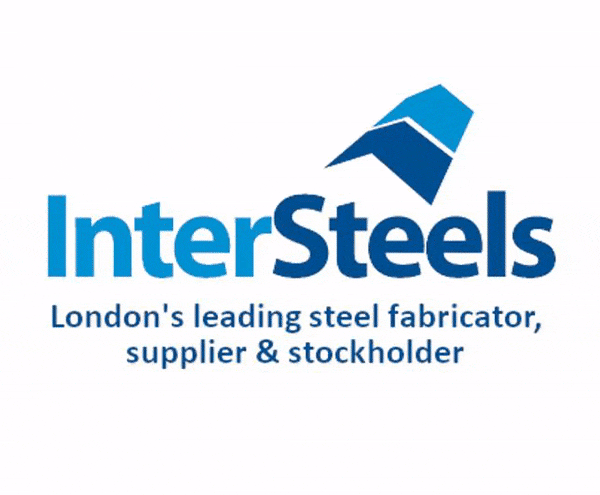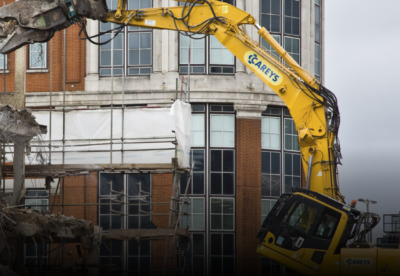Tightening market conditions and planning system problems saw the number of new outlets opened by Taylor Wimpey dwindle to just 13 outlets from 50 in the same period a year ago.
Taylor Wimpey said this reflected its reduced land buying and ongoing difficulties in the planning system.
Jennie Daly, chief executive, warned: “Planning remains extremely challenging and is likely to impact industry delivery of new homes.
“There continue to be widespread bottlenecks in an under-resourced planning system leading to a significant backlog of applications.”
As rising interest rates continue to choke off demand, revenue at the number two house builder fell 21% to 1.64bn, generating a pre-tax profit of £238m, down 43% on the prior year’s pre-exception items performance.
Daly predicted that full-year UK completions excluding joint ventures would be in the range of 10,000 to 10,500, down from 14,154 in 2022.
Despite the squeeze, Taylor Wimpey slightly raised net cash to £655m, after returning £169m in cash to investors by way of dividend.
Taylor Wimpey said it had seen some moderation in the rate of material and labour cost inflation, with prevailing annualised build cost inflation on new tenders now around 6% compared to around 9-10% at the start of the year.
Daly said: “We continued to progress our timber frame factory in Peterborough during the first half, which is currently being fitted out, with production due to commence later in the year with first kits delivered to sites early next year.
“We also continue to seek further cost efficiencies in central procurement through our strategy of standardisation and simplification and by leveraging Taylor Wimpey Logistics (TWL).”
She added that Taylor Woodrow’s new suburban standard apartment range launched in May would drive savings over the next three to four years.
Daly said: “These will also result in improved quality, a more consistent customer offering, more efficient use of land and better planning outcomes.
” Taken together, small incremental changes in our operations are driving meaningful efficiencies throughout the business and we are constantly assessing new products and ways of working across our sites.
“For example, we now use a proprietary reusable stairwell system – which covers the gap in the stairwell to safely allow work to be completed on upper floors at early build stages – which reduces timber waste and delivers efficiencies.”









































 (300 x 250 px).jpg)












.gif)

